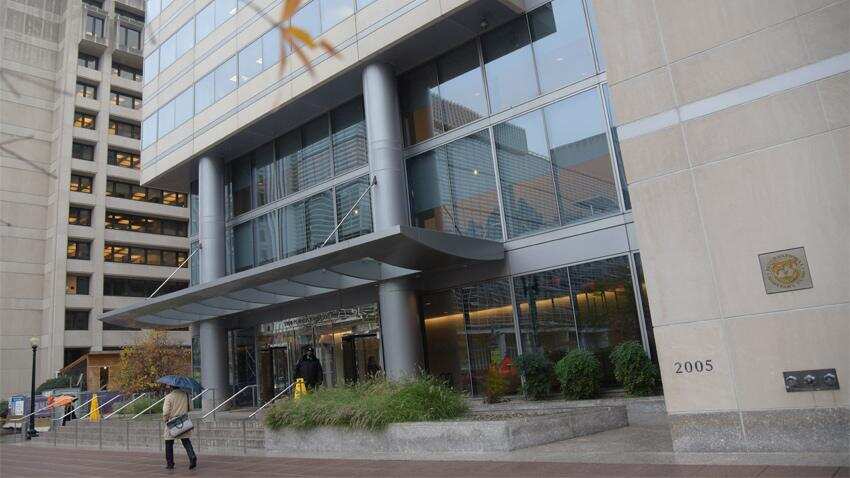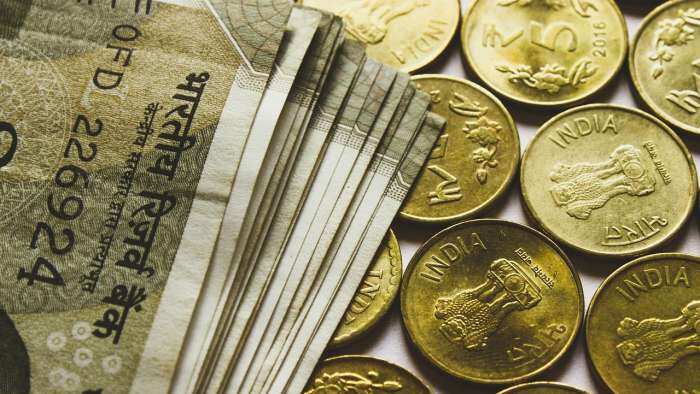Financial inequality highest in India, China: International Monetary Fund

Financial inequality is highest in India and China among Asia Pacific countries despite the two being among the fastest growing economies, IMF has said.
According to the International Monetary Fund, China and India have grown rapidly and reduced poverty sharply, however, this impressive economic performance has been accompanied by increasing levels of inequality.
"In the past, rapid growth in Asia came with equitable distribution of the gains. But more recently, while the fast-growing Asian economies have lifted millions out of poverty they have been unable to replicate the 'growth with equity' miracle," the Fund said.
As per the report, China managed to increase middle class in urban areas, as did Thailand, while India and Indonesia struggled to lift sizeable portions of their populations toward higher income levels.
"In India, differences between rural and urban areas have increased, and have been accompanied by rising intra-urban inequality," it said.
Many factors have been identified as key drivers of the inequality between rural and urban areas in China and India.
In China, rapid industrialisation in particular regions and the concentration of foreign direct investment in coastal areas have led to substantial inequalities between coastal and interior regions. Other factors also include low educational attainment and low returns to education in rural areas.
On India, the report said inter provincial inequality is lower in India than in China, and rising inequality in India has been found to be primarily an urban phenomenon.
Moreover, the rural-urban income gap has increased, and higher rural inflation has been found to be a key driver of this. Educational attainment has also been identified as an important factor explaining rising inequality in India over the past two decades, the Fund said.
The two countries have introduced a number of policies to tackle the rising inequality.
China introduced the Minimum Livelihood Guarantee Scheme (Dibao) for social protection in the 1990s. Moreover, various social programs are aiming to expand social safety nets and provide support for the development of rural areas and western regions.
In India, the government introduced the Mahatma Gandhi National Rural Employment Guarantee Act to support rural livelihoods by providing at least 100 days of employment. Programs to improve education include the National Education Scheme and Midday Meal Scheme.
The Fund lauded the JAM (Jan Dhan-Aadhaar-Mobile) initiative and said that "the JAM trinity initiative helped India in making substantial advances in financial inclusion. More recently, programs aiming for universal bank account coverage were launched".
Get Latest Business News, Stock Market Updates and Videos; Check your tax outgo through Income Tax Calculator and save money through our Personal Finance coverage. Check Business Breaking News Live on Zee Business Twitter and Facebook. Subscribe on YouTube.
RECOMMENDED STORIES

SBI Senior Citizen Latest FD Rates: What senior citizens can get on Rs 7 lakh, Rs 14 lakh, and Rs 21 lakh investments in Amrit Vrishti, 1-, 3-, and 5-year fixed deposits

SIP+SWP: Rs 10,000 monthly SIP for 20 years, Rs 25 lakh lump sum investment, then Rs 2.15 lakh monthly income for 25 years; see expert calculations

EPFO Pension Schemes: Early pension, retirement pension, nominee pension and 4 other pension schemes that every private sector employee should know

SBI Senior Citizen FD Rate: Here's what State Bank of India giving on 1-year, 3-year, 5-year fixed deposits currently

SBI Guaranteed Return Scheme: Know how much maturity amount you will get on Rs 2 lakh, 2.5 lakh, 3 lakh, 3.5 lakh and Rs 4 lakh investments under Amrit Vrishti FD scheme
04:38 PM IST








 IMF raises India's growth projection to 6.8% in 2024
IMF raises India's growth projection to 6.8% in 2024 IMF chief Georgieva says focused on job at hand, not future role
IMF chief Georgieva says focused on job at hand, not future role IMF commends India's economic resilience and growth amid global challenges
IMF commends India's economic resilience and growth amid global challenges China's economic conditions to improve in 2024 - officials
China's economic conditions to improve in 2024 - officials IMF upgrades China's 2023, 2024 GDP growth forecasts
IMF upgrades China's 2023, 2024 GDP growth forecasts